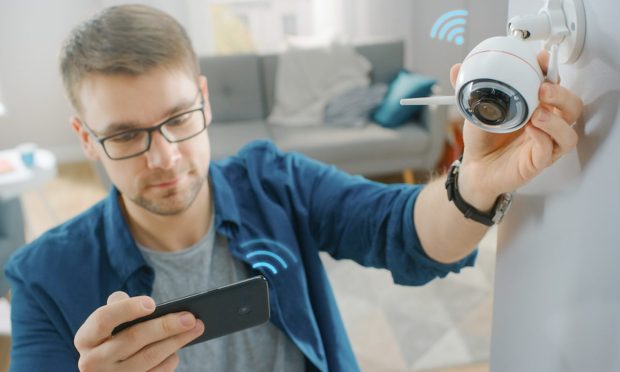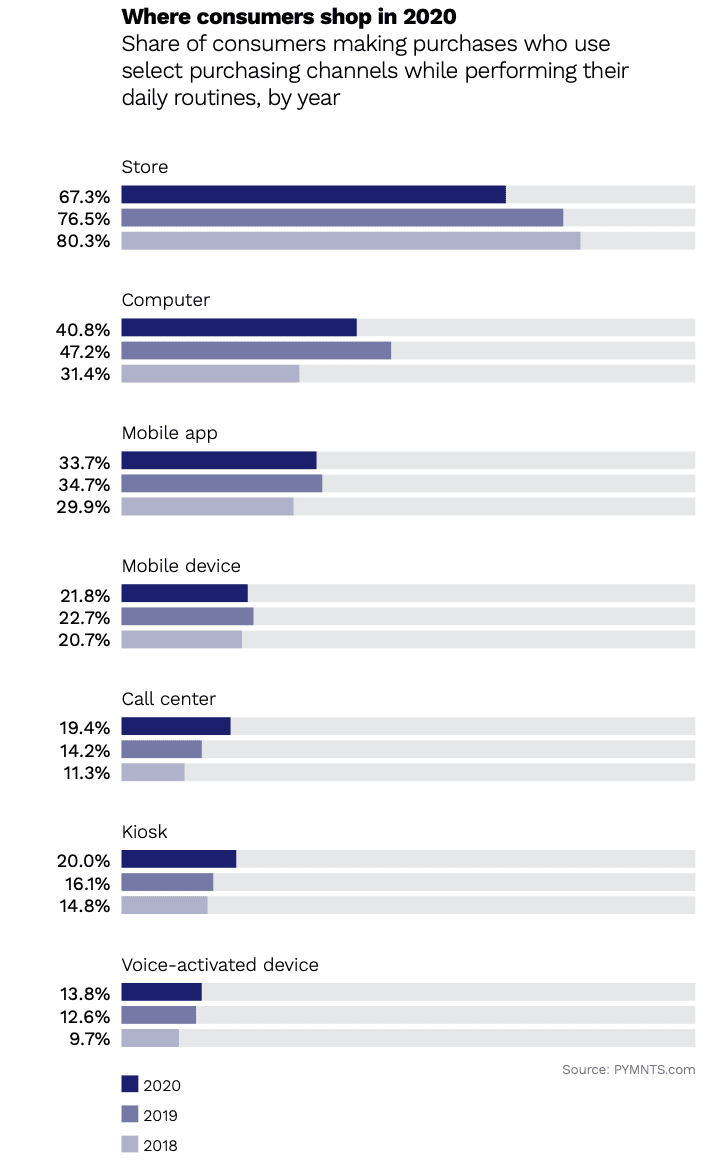65% of Consumer Electronics Returns Occur During Setup

It’s almost becoming rare for consumers to buy electronics that don’t connect to the internet. Televisions, doorbells, refrigerators and even toothbrushes have all become a part of the connected home, bringing people one step closer to living like Tony Stark does with JARVIS in “Iron Man.”
For this reason, Tsiki Naftaly, co-founder and co-CEO of Copilot, told PYMNTS that the days of pushing a product out the door and losing touch with the consumer who buys it are over. “In the new world, this is where your relationship with a customer actually just begins,” he said.
Copilot is a post-purchase customer experience platform, working with electronics companies to help them gather data and adapt the consumer experience on a personalized basis through internet-connected devices. “When you look at successful companies, you will see that those companies are focusing on the overall experience of their customers,” Naftaly said. “If you want that customer to keep buying your products, you want them to use the products.”
With electronics, this can be tricky if the consumer isn’t familiar with the technology or doesn’t know how to troubleshoot issues. Naftaly said that on average, it takes consumers 12 minutes to set up a new product, “and in those 12 minutes, which are critical for product success, there are specific points where many people fail.” Some products, for example, only support 2.4 gigahertz Wi-Fi, or may require consumers to use a certain type of operating system to set them up.
According to Copilot, 65% of returns occur at the unboxing and installation stages, and data from Juniper Research cited by the company found that the typical Internet of Things (IoT) consumer experiences 1.5 performance problems per day on average.
In an attempt to solve this problem, Copilot has launched a new “product returns mitigation engine” that not only detects when a consumer is having an issue, but also provides specific guidance on how to fix it. “We want to have a situation where for every problem, the consumer gets an immediate solution from the product they’re using,” Naftaly said, rather than turning to the troubleshooting section of a user manual or looking for answers online.
He added that Copilot may actually know that a consumer is going to encounter an error before it actually happens. “Copilot knows that 20 seconds from now, they’re going to get an error because, for example, location services are turned off. … There are many small reasons that are common to consumer electronics products.”
The new feature may also help mitigate bad reviews and calls to customer service lines, neither of which are desired outcomes for companies, Naftaly added. “We’re trying to make consumers happier with the products,” he said.
Battle for the Home
Another big reason that consumer electronics companies are so focused on customer satisfaction, Naftaly noted, is how prevalent smart homes have become. As PYMNTS has previously reported, the pandemic accelerated consumers’ move toward turning their homes into commerce command centers, using connected devices to ship and pay from home as they go about their daily routines. According to PYMNTS’ How We Will Pay research, conducted in collaboration with Visa, nearly 33% of consumers own voice assistants and nearly 14% of all consumers used voice-activated devices to shop while performing their daily routines in 2020.

See more: NEW DATA: How We Will Pay 2020: With Connected Devices, at Home and During the Week
“If I bought a home security camera, I would rather buy a smart door lock from the same brand, not use five different apps to control my home,” Naftaly said. “So, the company that deals with customer experience and what they’re doing after buying the product would be the company that has a higher chance of ‘taking the home,’ so to speak.”
By 2025, Naftaly predicts that more than 150,000 new devices will be connecting to the internet in the U.S. every minute. “This is why the battle for the home, the ecosystem, has become more and more fierce,” he said.
That’s also the reason that Amazon pushes Alexa, even giving devices out for free, Naftaly added. “They understand that whoever controls the home has access to the relationship with the customer,” he said. “It almost doesn’t matter who manufactured the device. It matters who holds the relationship with the customer.”
